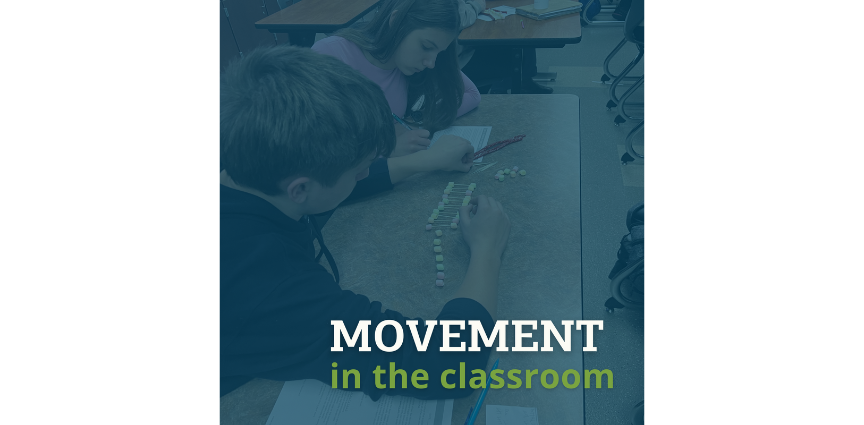
I struggle to sit.
I struggle to sit now. I struggled to sit when I was a student.
My least favorite days teaching were proctoring standardized tests followed by eight hour teacher in-services.
Who can relate?
So if we, as teachers, despise sitting so much, how can we expect our kids to do it without behavioral issues.
Now I was there too my first couple years of teaching. I used lecturing as a classroom management technique because if I never let students talk or move, there were less distractions.
But there was also less enjoyment. Less collaboration. Less LEARNING.
So how do we promote movement and collaboration in the classroom without compromising classroom management?
Through detailed lesson plans that incorporate meaningful movement with timed transitions.
The Owl’s Nest has designed a curriculum that does just this!
The Introduction to AFNR curriculum incorporates movement into nearly every lesson and has students collaboratively learning with their classmates to solve problems and determine solutions in the areas of food, agriculture and natural resources.
Here are a few of my favorite activities that promote movement and collaboration in this comprehensive course:
-
LABS - Within the Introduction to AFNR course, there are countless labs to teach students the content through a hands-on approach to learning. Labs such as Vaccination Station in the Animal Health Unit where students learn the different types of vaccinations with bananas, and The Unseen Gene in the Biotechnology Unit where students explore genetics by using pretzels and m&ms to create punnett squares, students learn by doing with minimal lectures.
-
REVIEW ACTIVITIES - The Owl’s Nest reviews key concepts multiple times through each unit to ensure student mastery and retention. Review activities such as SWAT That Motion in the Parliamentary Procedure Unit allow students to review the motions in a meeting, and Barnyard Battleship in the Introduction to Animal Science Unit forces students to understand external anatomy through an interactive battleship game.
-
BELLRINGERS & INTEREST APPROACHES - One of the key components of our curriculum is EVERYTHING is planned for you! Our curriculum contains countless bellringers and interest approaches to ensure students are learning from the start of class to the end. For example, the Nose Knockout Interest Approach in the Food Science Unit introduces students to sensory evaluation to see who can identify aromas in a knockout style game.
Review the Introduction to AFNR course and download a FREE sample lesson, and start promoting movement in your classroom this year without compromising classroom management and structure!
